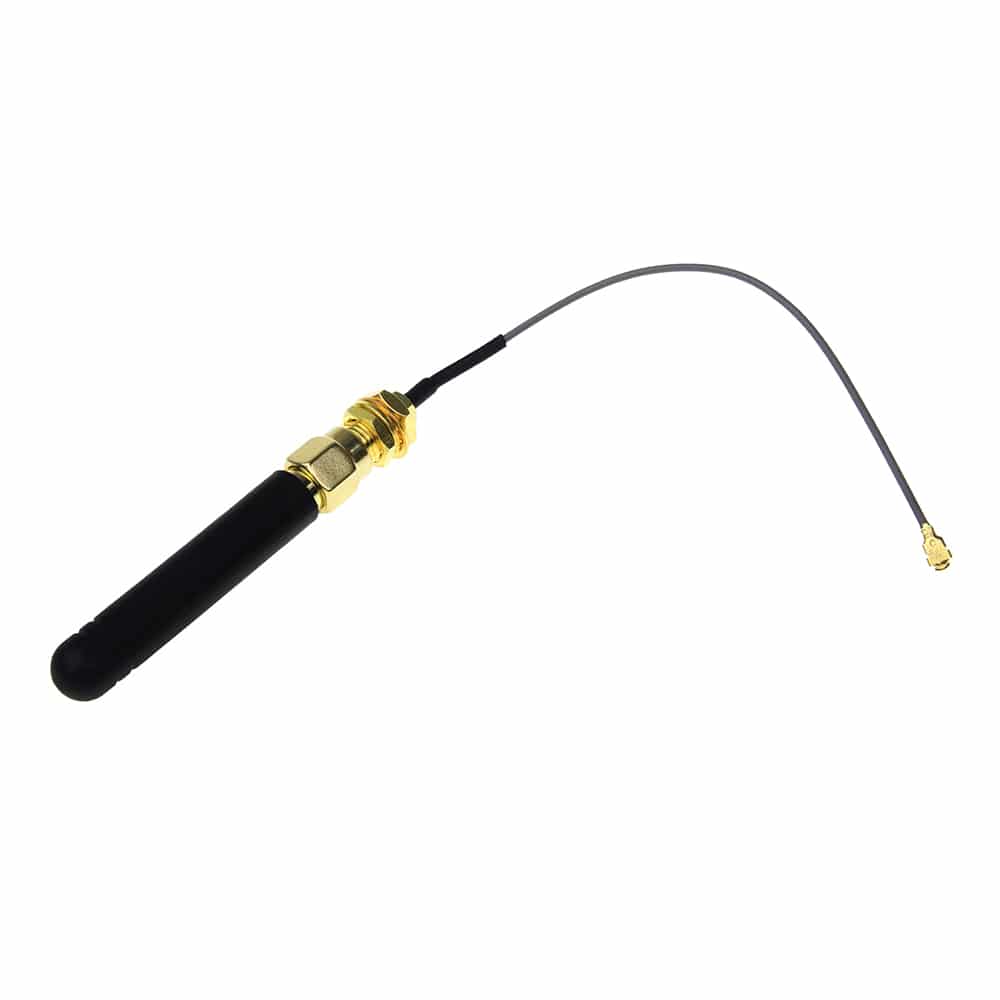Description
Introducing the GSM GPRS Antenna with PIG tail cable, perfect for hobbyists who want to increase their communication range. With this antenna, you get an incredible 2.15dBi gain and great performance in the 1710 → 1880 MHz and 890 → 960 MHz frequency ranges. The SMA male connector allows you to easily integrate this rugged piece of hardware into your existing setup.
Antennas are a vital component in any wireless technology. The products within GSM Antennas are optimized for the transmission and receiving of radio signals across the various mobile communication bands.
GSM antennas, or LTE antennas, are used for wireless data transmission from 800 MHz to 2.2 GHz standard telecom frequency bands. These types of antennas are used for many telemetry or instrumentation applications in the telecom industry.
The difference between GPS and GSM Atennas
GPS is a type of antenna that is circularly polarized and exclusively designed for satellite communications at specific frequencies. On the other hand, GSM is a type of antenna that is linearly polarized and specially designed for mobile communications. GPS antenna is also considered a type of navigation antenna.
How GSM Works
The above video explains to you what GSM is and how it works in today's world. The video also provides you with some diagrams that should give you a better idea of how high-level networks work.
GSM Network Diagram

The above image is a diagram of a GSM network that shows you how a GSM network works in the most basic sense.
Technical Specification
- Operating Temperature: -20 to +60˚C
- Storage Temperature: -30 to +75˚C
- Impedance: 50 Ω
- Gain: 2 dBi (3.5 dBi peak)
- VSWR: 2 maximum
- Polarisation: Vertical
- Connector: SMA Male
- RF Protocols: 2G (GSM/GPRS)
- Antenna Physical Form: Stubby
- Frequency Range: 1710 → 1880 MHz, 890 → 960 MHz
- Connector Type: SMA
- Antenna Mounting Type: Direct
- Gain: 2.15dBi
- Connector Gender: Male
- Antenna Directivity: Omnidirectional
- Antenna Internal Construction: Dipole
- Pigtail length 150mm
